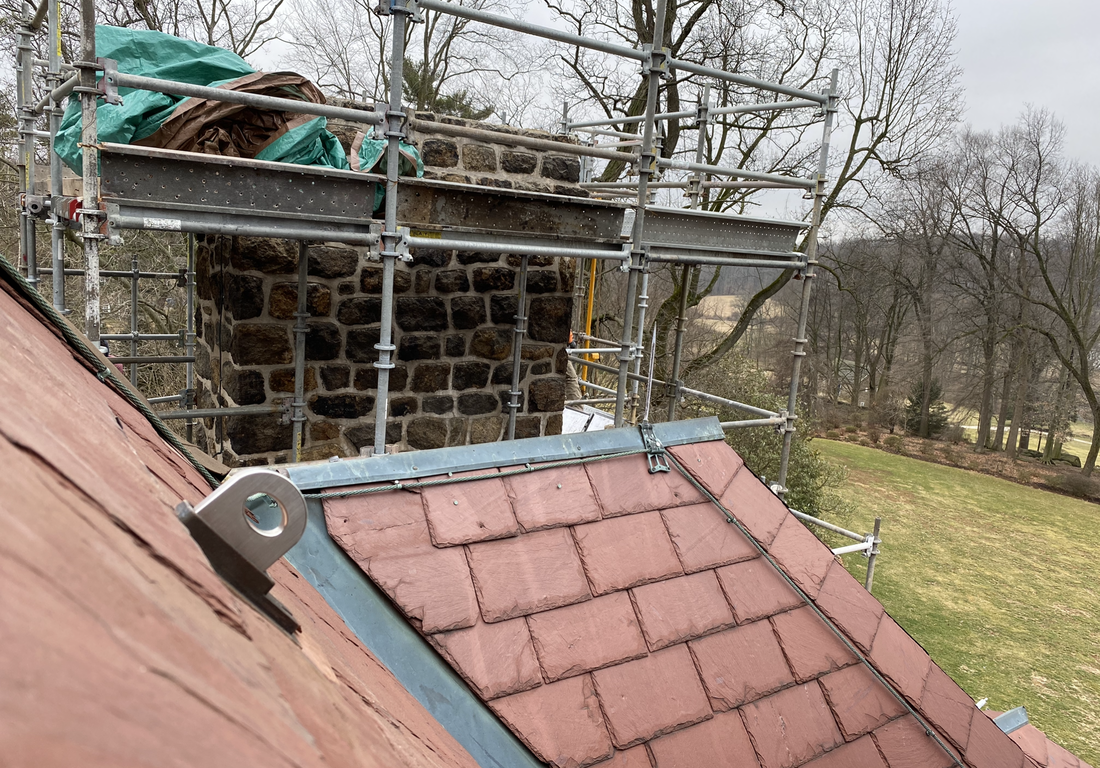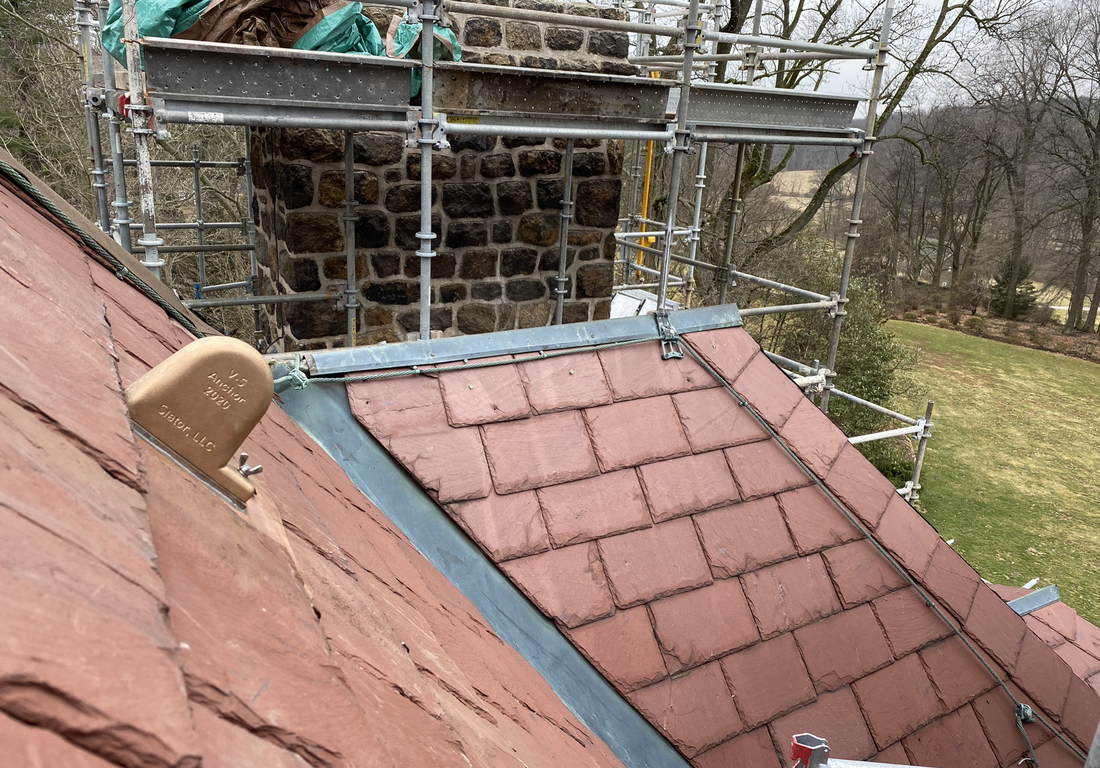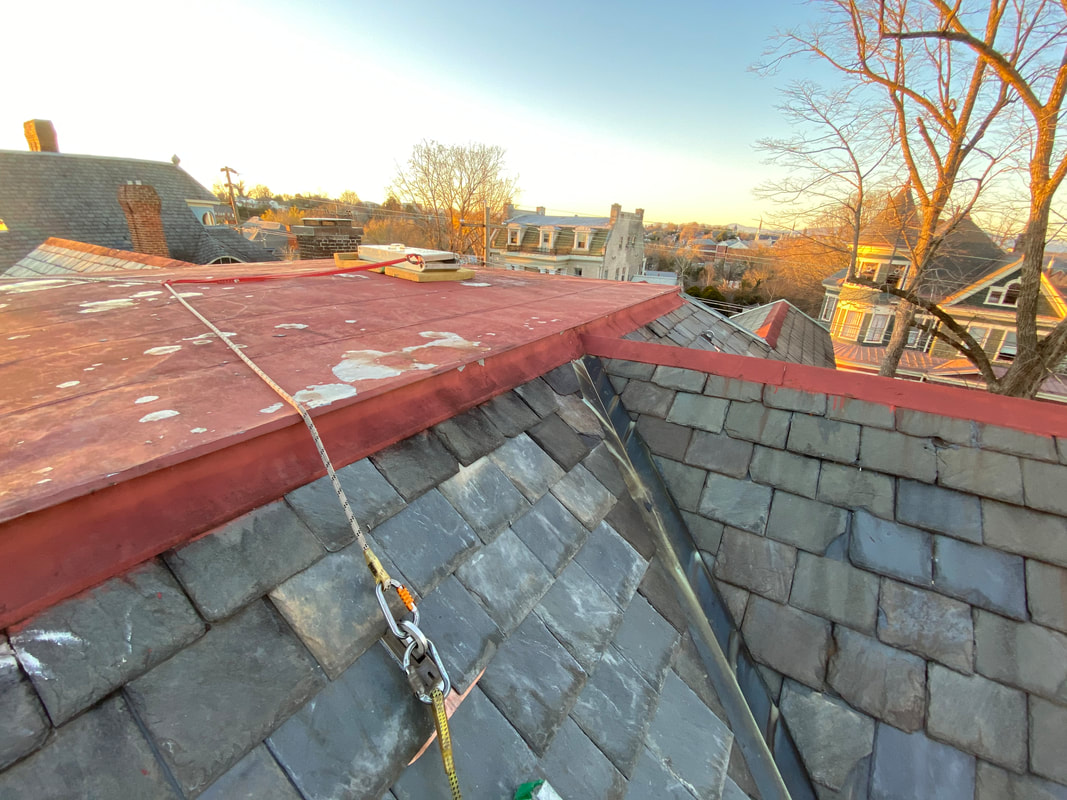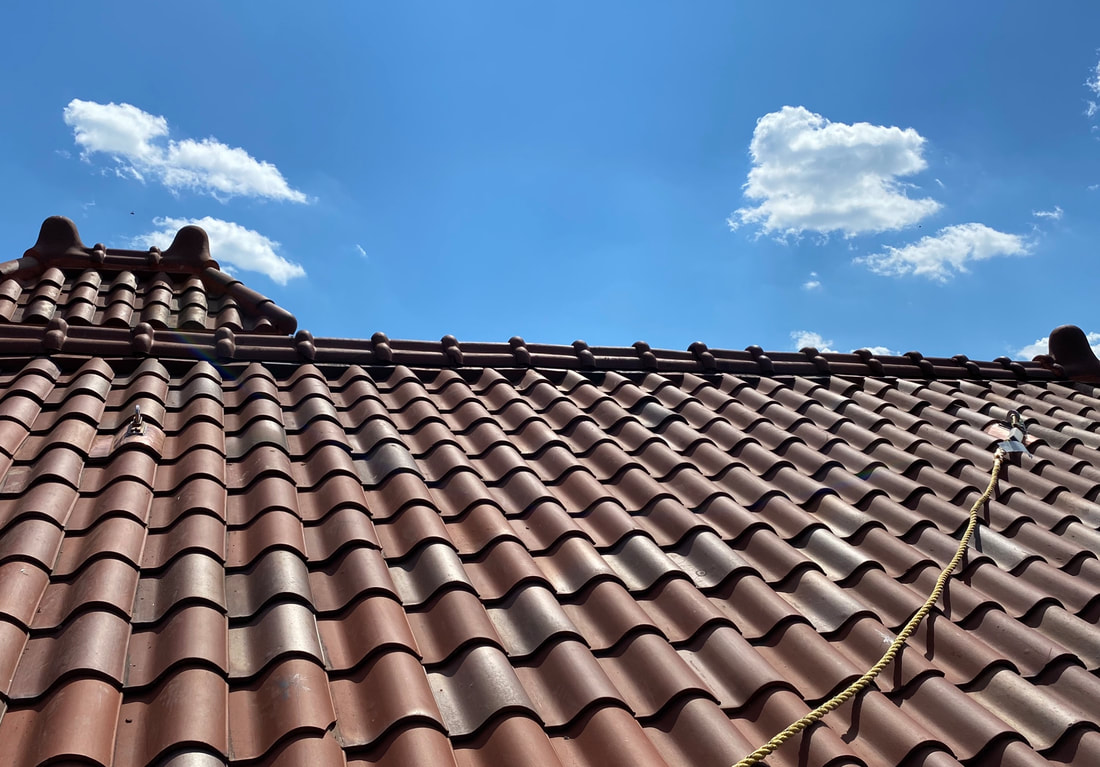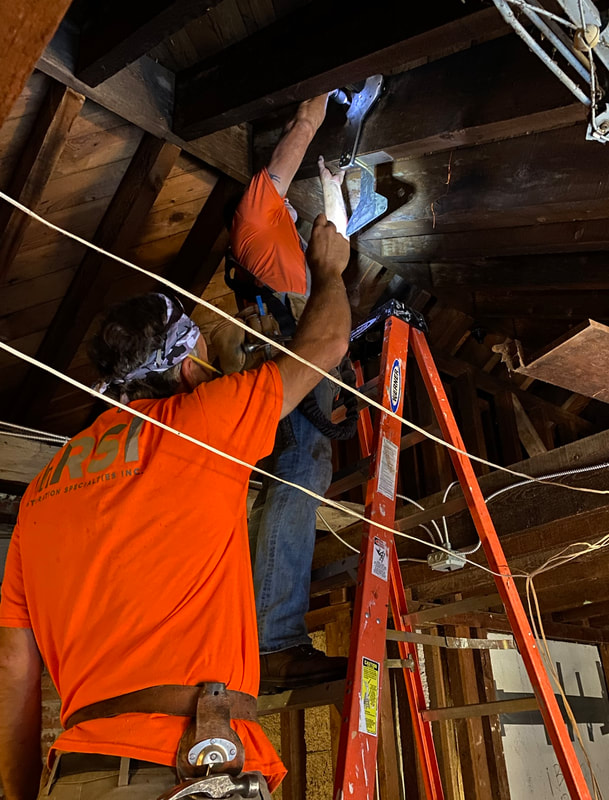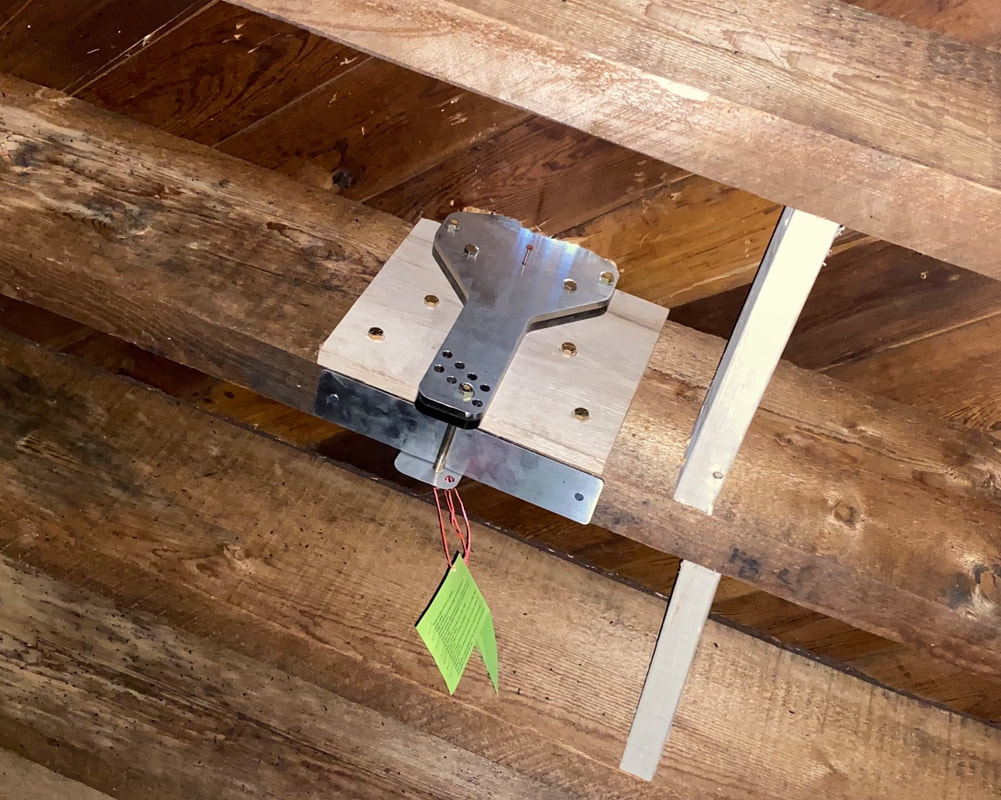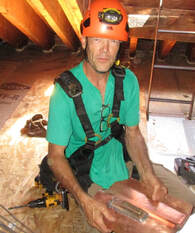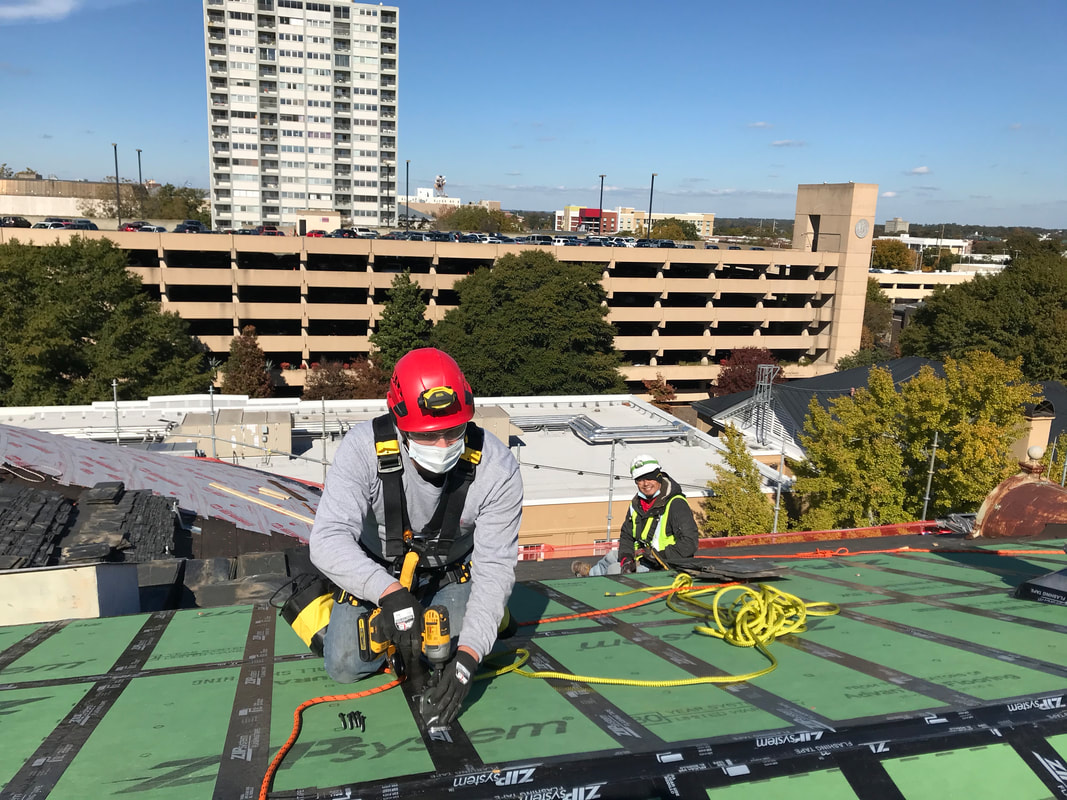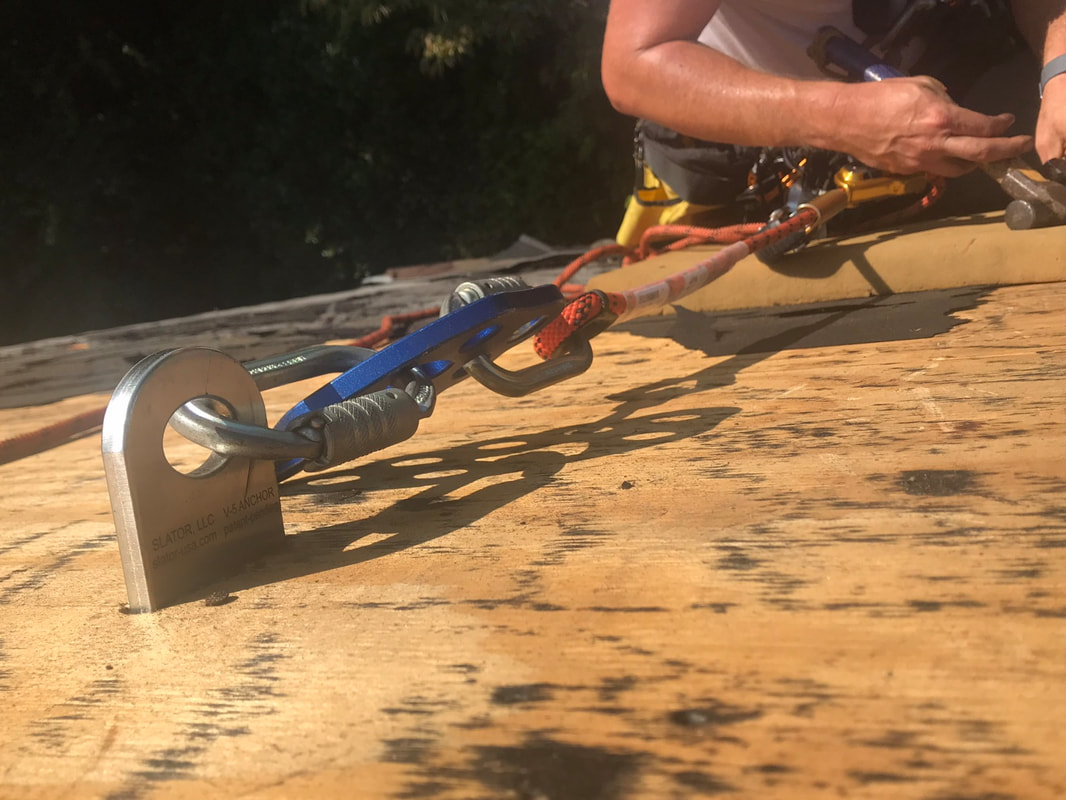Our patent-pending V-Series anchors are the strongest, simplest, most durable anchors your crew will ever use.
The V-Series and SLATOR bracket anchors meet OSHA 1926 and 1910 requirements
and are proudly made in an ISO 9001:2015 USA facility.
The standard V-5 is NOT suitable for use with horizontal lifeline systems.
The V-8 anchor is suitable for use with an engineered horizontal lifeline system.
Custom anchors are available upon request to meet specific loading scenarios.
The V-Series and SLATOR bracket anchors meet OSHA 1926 and 1910 requirements
and are proudly made in an ISO 9001:2015 USA facility.
The standard V-5 is NOT suitable for use with horizontal lifeline systems.
The V-8 anchor is suitable for use with an engineered horizontal lifeline system.
Custom anchors are available upon request to meet specific loading scenarios.
Photos from a training session on a wedding venue estate (7 anchors installed on a Spanish tile roof) in the Hudson Valley.
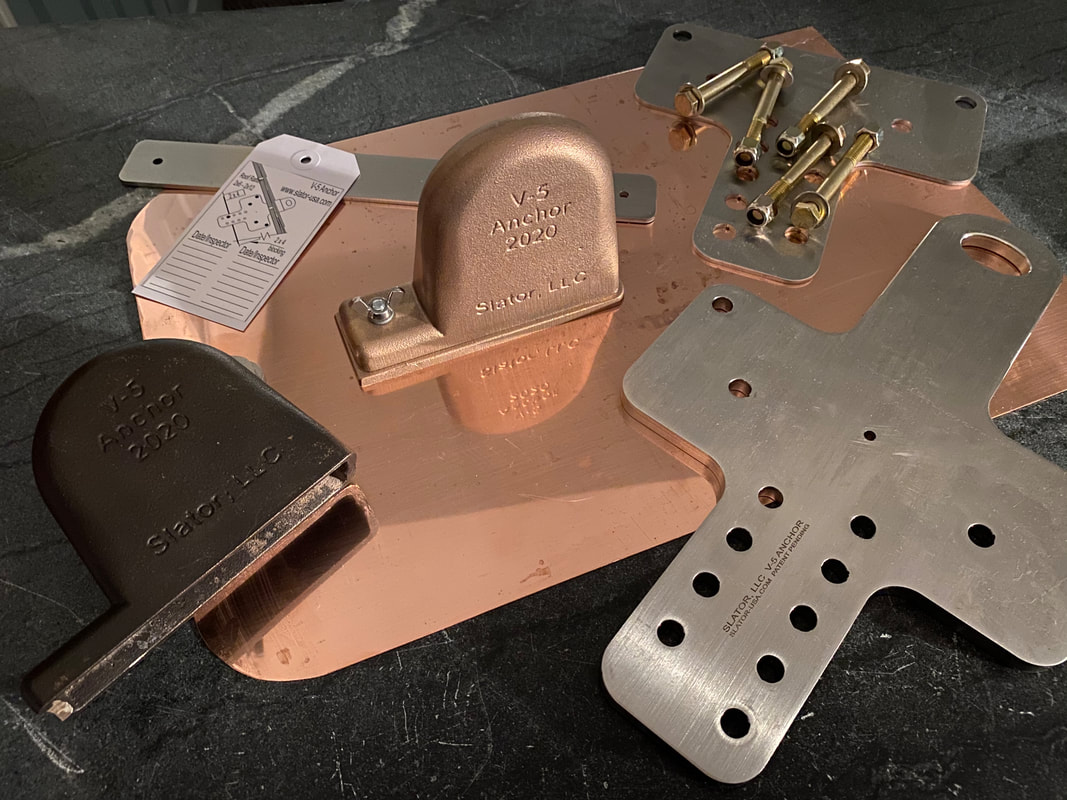
Our customized patent-pending V-5 permanent roof anchor is a massive 3/8" - 1/2" thick stainless steel plate. With no moving parts or welds to fail, the V-5 is easily fully inspectable from the safety of the attic and is a preferred anchor system by architects and property owners. Similar to an iceberg, the huge bulk is beneath the surface. It wraps completely around the roof rafter and comes in sizes to fit 2x6 to 2x12 rafters or customized to be compatible with other roof systems. Outfitted with the discreet cast bronze and copper flashing kit shown above, it's designed to be practically unnoticeable and service workers for the life of the building.
Our V-5 Permanent Anchor with mounting accessories can fit a variety of rafter thicknesses simply by changing the length of the grade 8 through bolts. Multiple vertical adjustment holes allow for varying thicknesses of roof sheathing and roofing materials. Special lengths and design modifications for adapting to a variety of roof support systems are available upon request. Our cast bronze base and cap are available in two finishes and perfect for historic buildings.
Note: Working at heights is hazardous. Always inspect your anchors, carabiners and ropes for damage before each use. It is critical to protect the rope from sharp edges and potential cuts. We prefer using an anchor on each roof surface, however, if we do work over the ridge or around a corner we recommend using a "buffer" to protect the rope from potential cuts. Inattentive use of any connector may create a "binding" situation that may improperly load the connector's gate, leading to failure of the connector and a hazardous or deadly situation. Always keep your rope tight and connector oriented in a position that will load it along its major axis.
